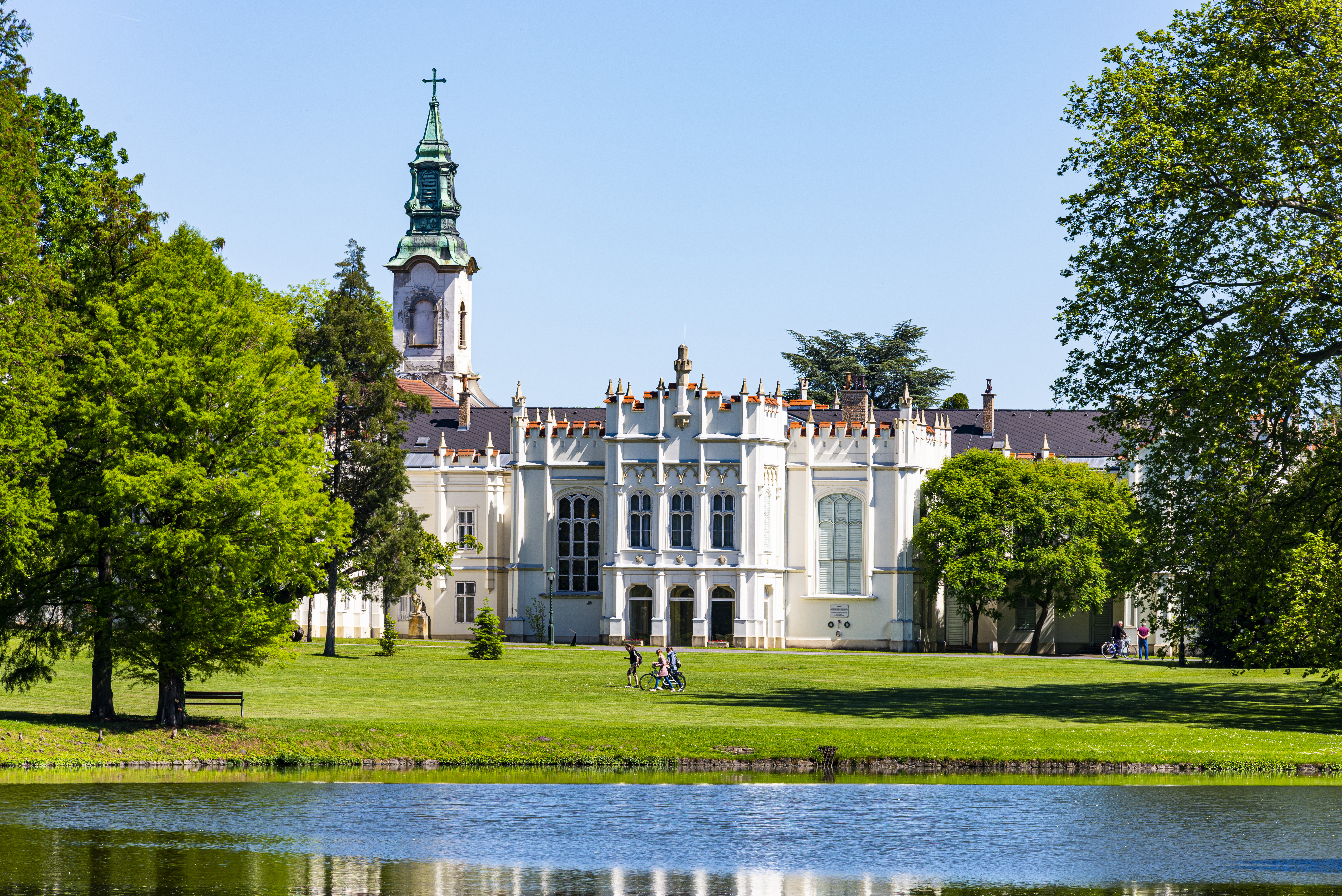The Brunszvik family enriched their estate over four generations, guarding and cherishing the memory of Ludwig van Beethoven. His romantic passion is revealed in the museum here and his music has been performed every summer for 60 years on the island garden in summer.
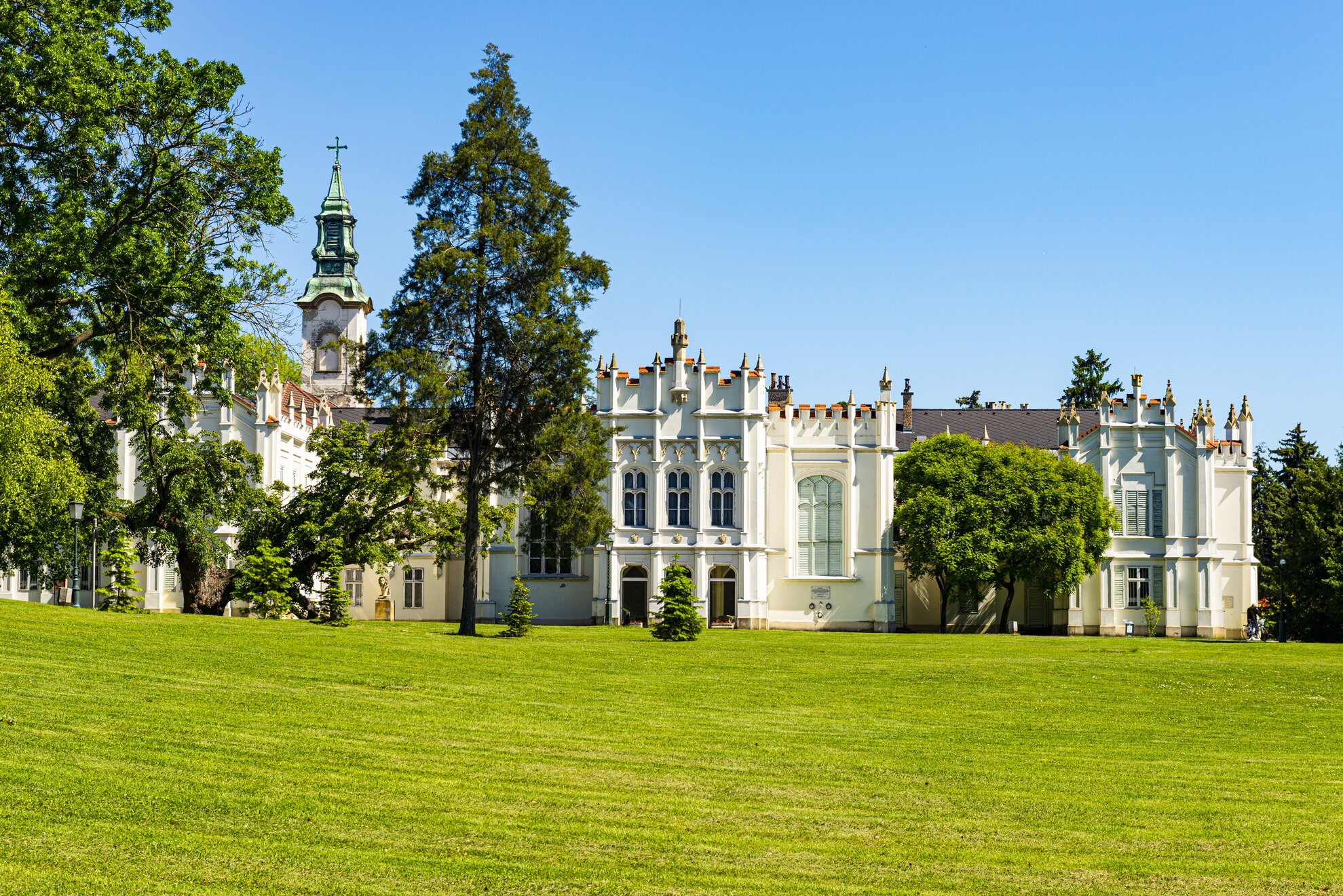
The English-style gardens are among the most beautiful in Hungary, while the Neo-Gothic style of the castle itself is also English.
A corner of England
Writing in 1815, English
physician and Hungarophile Richard Bright described Brunszvik Castle with these words: “Everything around me reminded me so much of England,
I almost imagined myself in England”.
The estate was owned by the Brunszvik family from the time of Maria
Theresa, Habsburg empress through the mid-1700s. Its first owner, Antal
Brunszvik, invited settlers to the village depopulated under the Turks, and built
the church that can still be seen next to the castle.
His son Antal erected a
one-story Baroque building as his home with his wife, Anna Seeberg, whom we
must thank for the Beethoven connection. They had four children, and the estate
enjoyed its heyday when the son, Ferenc Brunszvik, shaped the castle’s appearance
between 1784 and 1785, based on the plans of court architect József Tallherr. This
created the female wing facing the church. This was how Beethoven would have
seen castle when he visited several times between 1800 and 1808.
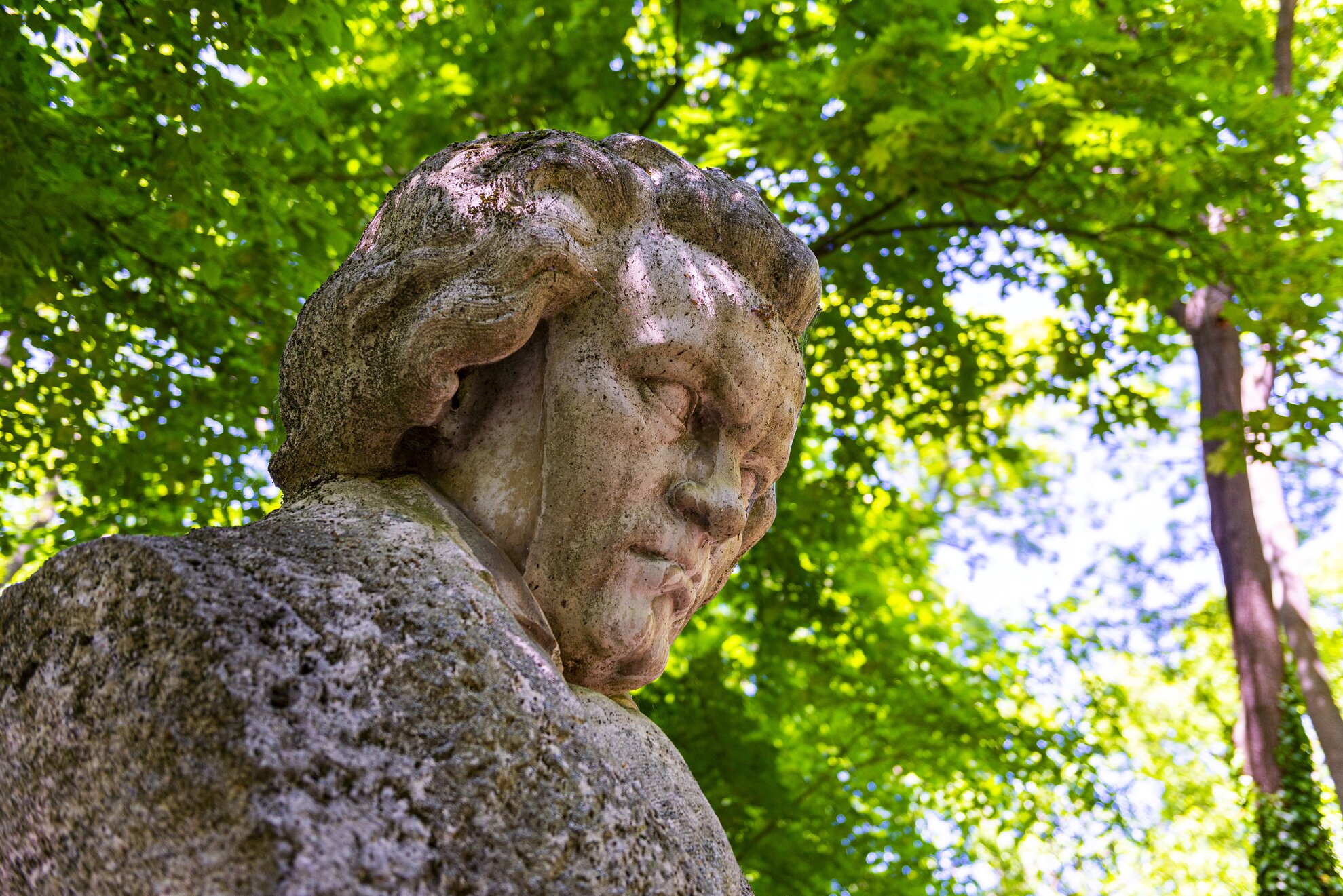
Ferenc’s sister, Teréz Brunszvik, became a world-famous founder of kindergartens, while Jozefin is considered Beethoven’s secret passion, the “Immortal Beloved” of his letters. The daughter of their sister Karolina, Teréz Blanka Teleki, became one of the pioneers of Hungarian women’s education. In 1846, she established the first serious girls’ school in Hungary, and even went to prison after the War of Independence against Austria in 1848-49.
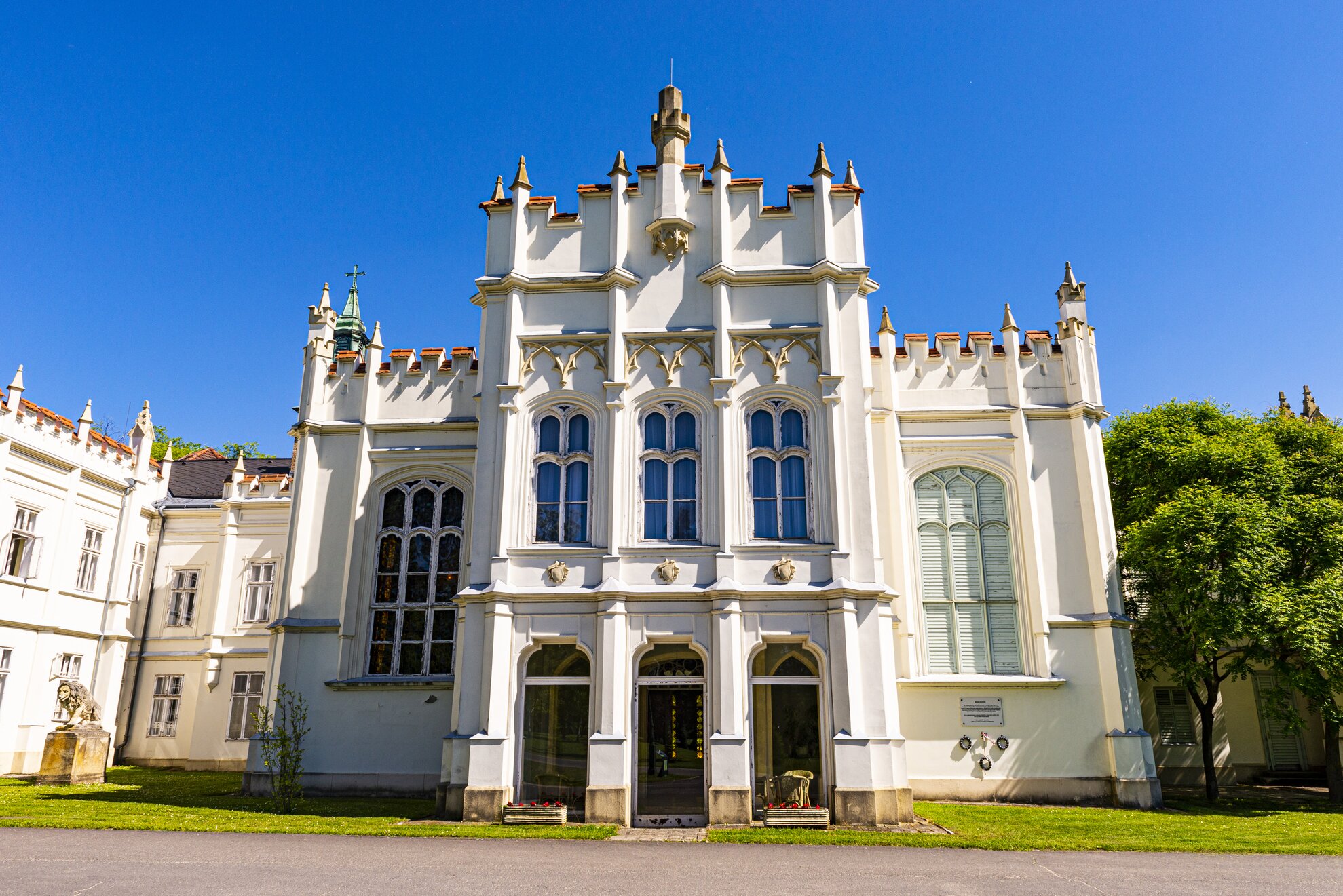
The passion of Ludwig van Beethoven
Anna Seeberg was a big fan of Beethoven, and even travelled to Vienna to
persuade the composer, ever the reluctant tutor, to teach Teréz and Jozefin to
play the piano over the course of two weeks. Through the girls, the composer
met their brother, Ferenc, who then became his main supporter and a good friend
until his death, arranging performances for him in Buda and at other theatres.
Francis played the cello excellently, while Anna Seeberg accompanied him on the
piano – they often played music together in the castle. Beethoven completed the
Appassionata sonata at Martonvásár, which he dedicated to Ferenc. Beethoven corresponded
with Teréz (dedicating to her the Sonata in F major Op.78), while Jozefin invoked
in him a completely different emotions.
Due to their difference in status,
marriage was out of the question, but their platonic relationship persisted despite
her marriage to Count Joseph Deym, which lasted until his death in 1804. Beethoven
continued to see the young widow even after her remarriage, and they met
regularly in Vienna. Undated, mysterious letters addressed to his “Immortal
Beloved” were written to her, according to researchers, and found in 1827,
after the composer’s death.
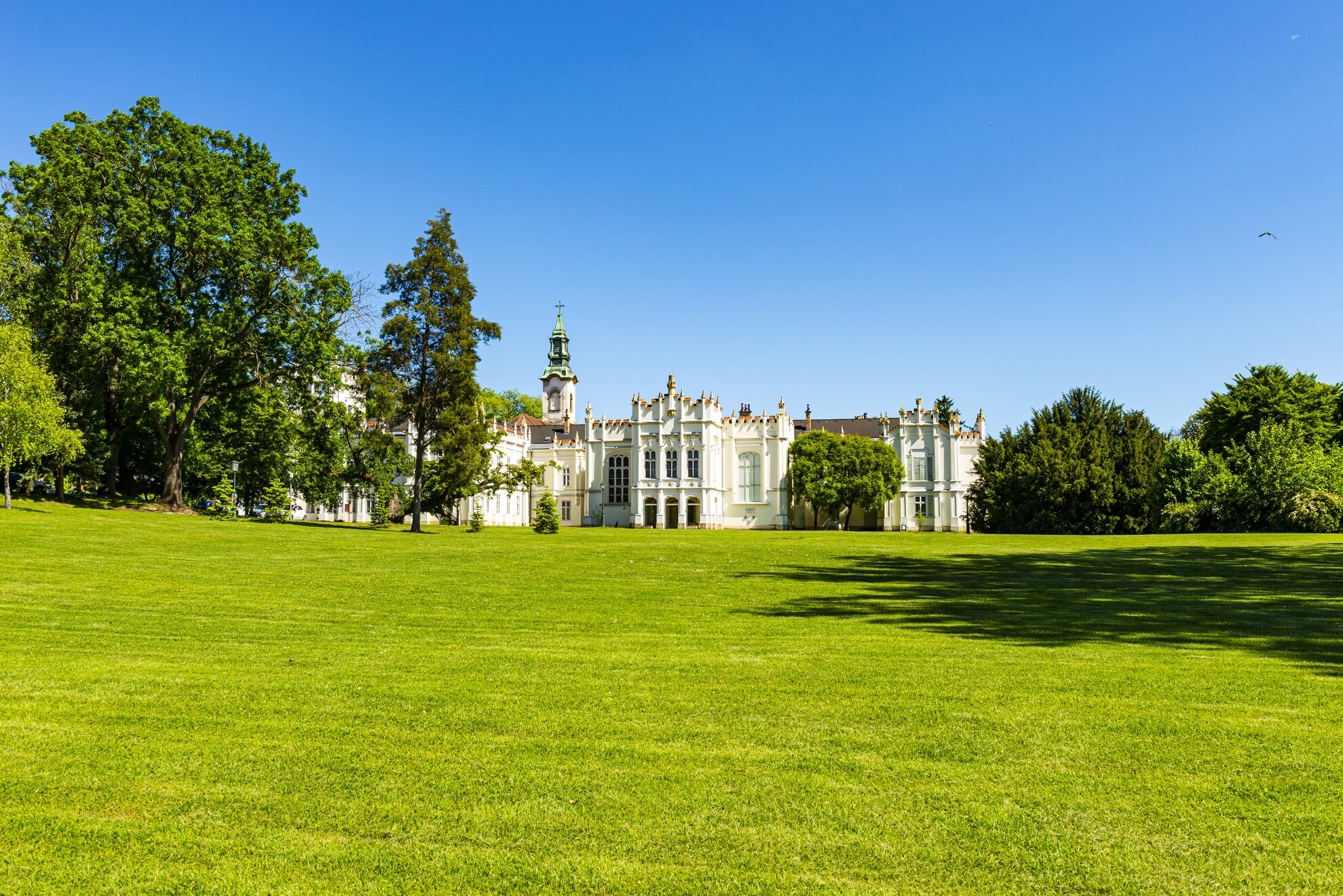
With Beethoven’s 250th anniversary in 2020, the exhibition here exploring
the relationship between Beethoven and the Brunszvik family was revamped. A contemporary display now includes many interactive
elements, music to listen to, Beethoven-era figures to use as selfie
shots and details of the other women in the composer’s life.
Highlights include
Brunszvik family’s correspondence, Teréz Brunszvik’s diary, a strand of Beethoven’s hair locked in a medallion, and the
family’s Streicher-made piano from 1829, now renovated, which Franz Liszt himself played in 1846.
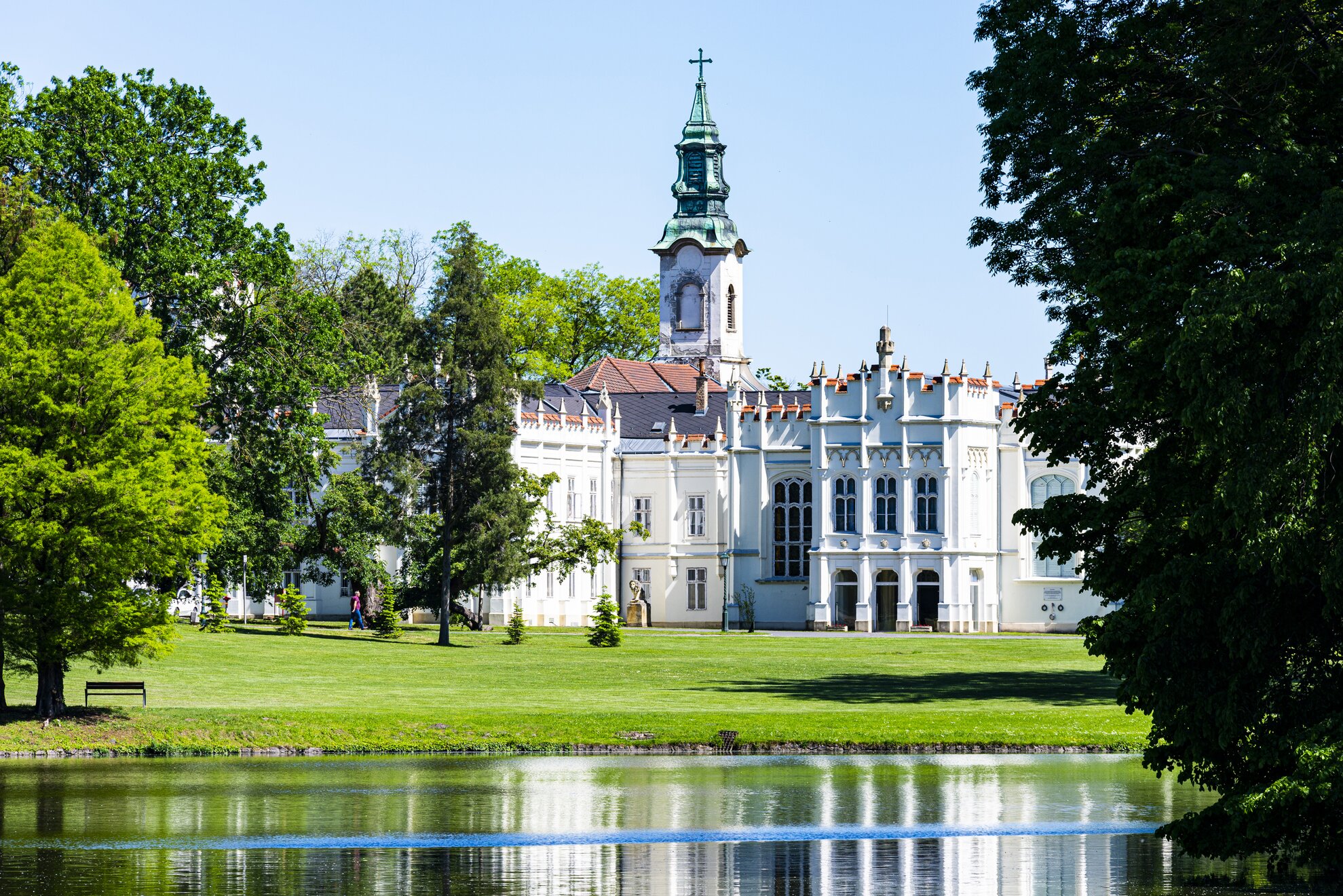
The rest of the building is given over to offices closed to the public, run by the Agricultural Research Centre of the Hungarian Academy of Sciences (Agroverzum). Their canteen is housed in the former barn, and in the other building they have created an exciting, interactive exhibition about the seemingly dry subject of the agricultural economy, well worth a look. Tickets do not include admission to the Kindergarten Museum in memory of Teréz Brunszvik, located directly opposite the castle, but it can be included as part of any visit.
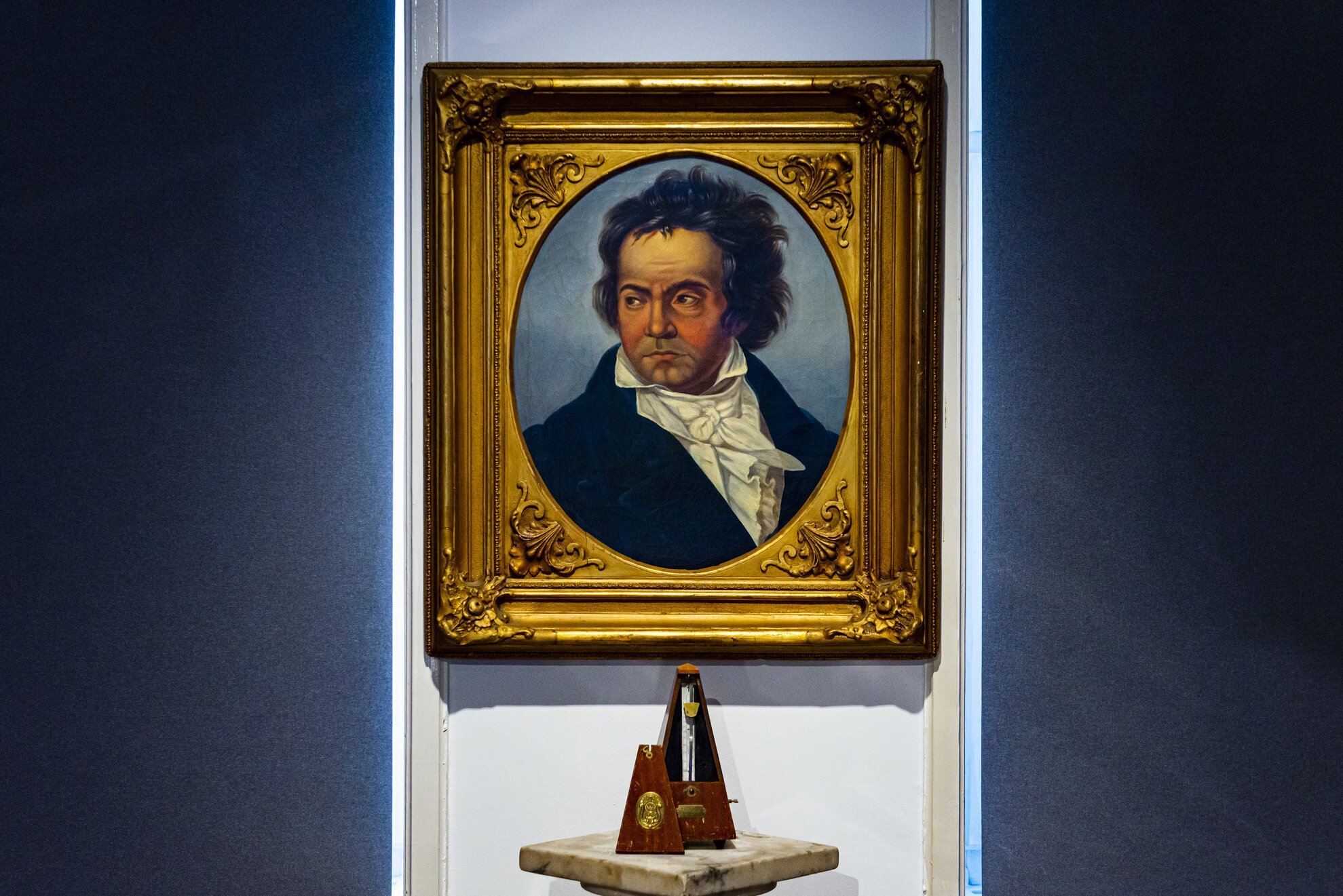
Ferenc Brunszvik modernised the castle after 1822, rebuilding it in Classicist
style and adding an extra floor. It then gained its English Neo-Gothic
appearance when Ferenc's son Géza remodelled the building around 1875.
The
Brunszvik family, in dire financial straits at the end of the 19th century, was
forced to give up the estate after four generations. It was bought by Archduke
József Habsburg and then by brewer Antal Dreher, before post-war nationalisation
and the current benign ownership of the Hungarian Academy of Sciences’ Agricultural
Research Centre.
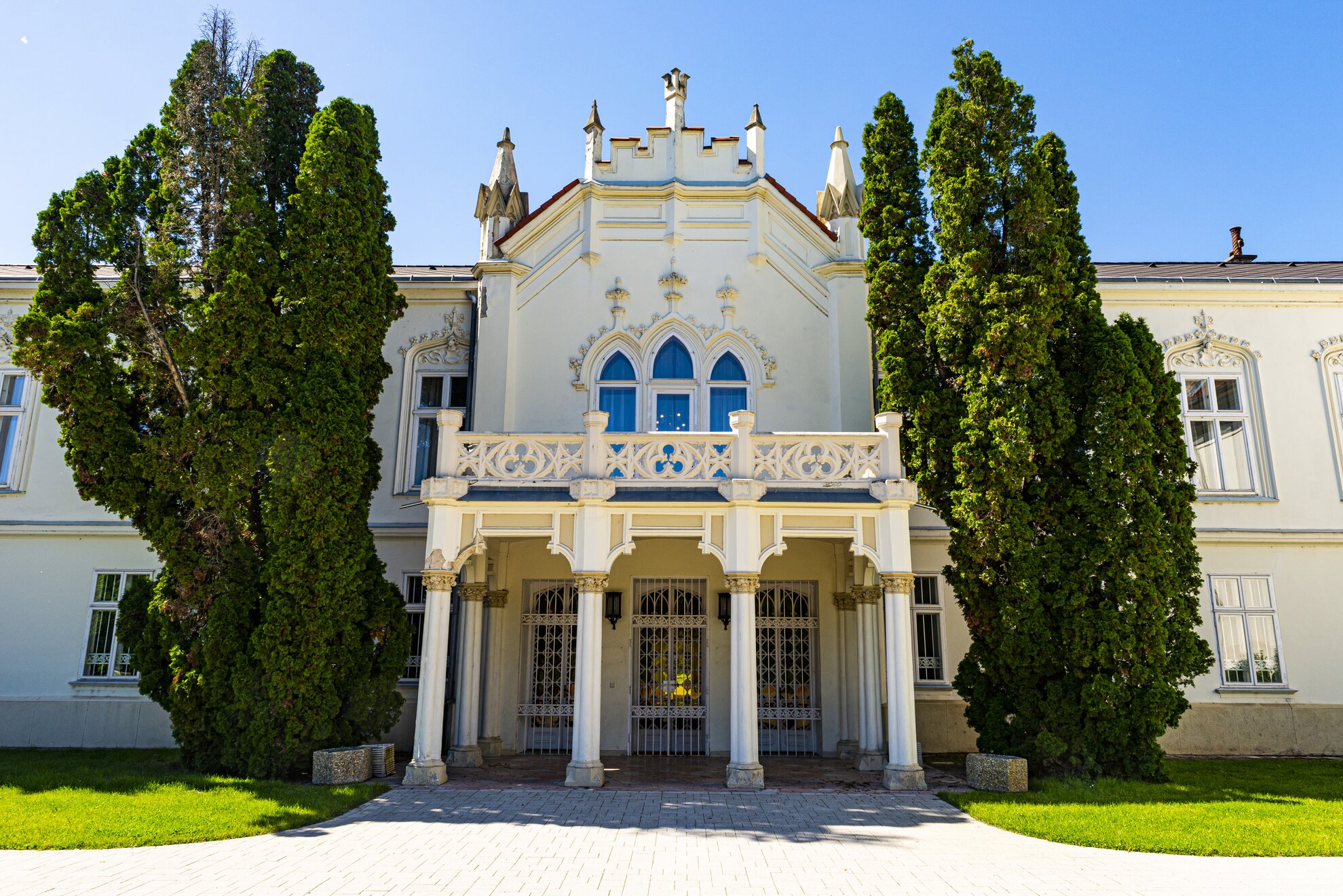
An English country garden
English landscaped gardens are characterised by the fact that, unlike their French Baroque counterparts, they do not strive for an over-regulated, artificial character, but rather to fit into the landscape, to act as part of nature with winding paths, spacious lawns and picturesque groups of trees.
Transforming the swamp
“When grandfather Brunszvik took over Martonvásár, he found only a swampy
wilderness. In a dry area of 8,000 acres, there was a single house, some shepherd's
whiskers and a tree,” says Teréz Brunswick’s diary.
The first owner, Antal Brunszvik, took care of the marshy, woodless area, planted fruit trees, willows and lindens, and designated the location of the lake. His son Antal continued to work with chestnut trees and oaks, and, after his death, Anna Seeberg managed the English garden alone.
Her daughter Teréz installed the so-called linden tree republic, whose members comprised residents and regular visitors, including Beethoven, whose own tree can still be seen behind the castle.
Her brother Ferenc planted plane trees, many types of ash, Japanese acacias, koelreuterias and alders in the park, enlisting the help of German gardener Christian Heinrich Nebbien, also responsible for the trees in Budapest’s City Park.
In addition to native species, many exotic varieties
were planted, including silver pine, Port Orford cedars, dawn redwoods,
tulip trees and Eastern black walnuts. Even today, there are a couple of veterans
from the early 1800s.
The information on local botanical and cultural history provided
along by the park’s nature trail, which also leads to the island fed by St László
creek, where the open-air stage is located, and Beethoven's favourite place.
Here you also find the five-metre-tall American bald cypresses, the pride of
the park collection with their special roots, dating back to the early 1800s.
Admission to the park is 900 forints, allowing you to stroll around and take in the castle from afar. You can also have lunch at Postakocsi alongside, built in 1768 and operating as a restaurant ever since. Renovated a couple of years ago, it now offers decent Hungarian-Italian cuisine and its garden allows those without an Immunity Certificate to dine.
Regular trains to Martonvásár (single 650 HUF) leave from Déli or Kelenföld stations, journey time 25mins. To drive, take the M7 motorway, allowing you to go on to Lake Balaton – or drop in on the way back, but do allow a good couple of hours to explore the gardens and castle.
Brunszvik Castle
2462 Martonvásár, Brunszvik utca 2
Current opening hours: Apr-Oct daily 9am-6pm. Nov-Mar Wed-Sun 10am-4pm
Combined ticket 3,500 forints/reduced 1,400 forints
